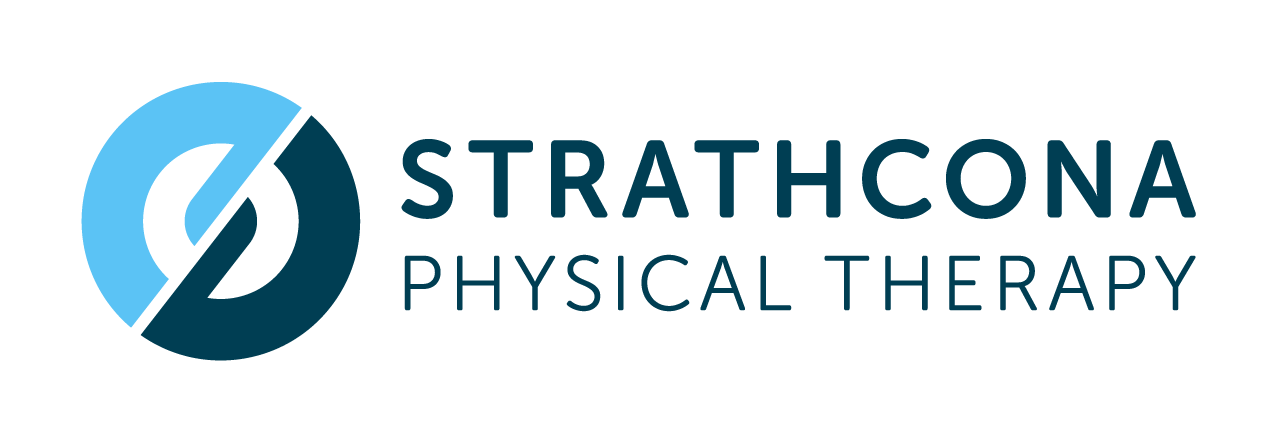Understanding Your Obliques: Function, Importance & How to Train Them
The obliques are more than just "side abs." They are a crucial part of your core, deeply involved in spinal support, trunk rotation, breathing, and overall stability. Whether you’re recovering from an injury, managing back pain, or looking to improve functional strength, your obliques play a key role.
What Are the Obliques?
The obliques are paired muscles on each side of your torso, forming part of your abdominal wall:
External Obliques: The outermost layer, running diagonally from the lower ribs to the pelvis (hands-in-pockets direction).
Internal Obliques: Sit just underneath the external layer and run perpendicular to them, connecting the pelvis to the lower ribs.
Together, they wrap the trunk like a natural corset, linking the rib cage and pelvis and working in coordination with the transversus abdominis and multifidus to stabilize the spine.
What Do the Obliques Do?
Your obliques are involved in:
Trunk rotation (twisting your torso)
Side bending (lateral flexion)
Spinal stabilization during lifting, walking, and dynamic movement
Pelvic control, reducing strain on the lower back
Forced exhalation, such as during coughing, sneezing, or exertion
Because of their attachments to both the pelvis and lower ribs, the obliques are essential in transferring load, protecting the lumbar spine, and maintaining postural alignment.
Can Obliques Get Strained from Repeated Coughing?
Yes. During forceful or repeated coughing episodes—common with respiratory infections or chronic coughing conditions—the obliques are heavily recruited to compress the abdominal cavity and aid in expelling air. Over time, especially if you're coughing frequently or forcefully without rest, the obliques can become overused or strained.
Symptoms of an Oblique Strain from Coughing May Include:
Sharp, pulling, or aching pain along the side of the rib cage or abdomen
Pain during coughing, sneezing, twisting, or deep breathing
Tenderness or soreness near the lower ribs
Difficulty with bending or turning motions
Most mild strains resolve with rest, light movement, and progressive reconditioning. However, persistent pain should be assessed by a healthcare provider.
How to Train Your Obliques (Safely & Effectively)
Obliques benefit from a mix of core stability, anti-rotation, and controlled rotation exercises. Training them properly enhances performance, reduces injury risk, and improves posture.
General Training Guidelines:
Train obliques 2–3 times per week
Focus on quality of movement, not just reps
Incorporate isometric holds, rotational control, and breathing coordination
Avoid over-reliance on crunch-style exercises—these often recruit hip flexors over core stabilizers
Smart Oblique Exercises to Try:
Side Plank with Reach-Under (anti-rotation + oblique challenge)
Pallof Press (resisting rotation)
Dead Bug with Opposite Arm and Leg (deep core + obliques)
Standing Cable Twists (controlled trunk rotation)
Bird-Dog Rows (anti-rotation and scapular control)
These exercises not only target your obliques but also integrate other stabilizers, making them functional and effective.
Final Thoughts
Your obliques are central to how you move, breathe, and stabilize. They're essential for lower back health, core endurance, and daily function—whether you're lifting groceries, playing sports, or recovering from a cough. Train them with purpose, protect them during overuse, and recognize their value beyond aesthetics.
References:
McGill, S. M. (2010). Low Back Disorders: Evidence-Based Prevention and Rehabilitation. Human Kinetics.
Neumann, D. A. (2017). Kinesiology of the Musculoskeletal System: Foundations for Rehabilitation. Elsevier.
American College of Sports Medicine (ACSM). (2021). Guidelines for Exercise Testing and Prescription (11th ed.).
Kisner, C., & Colby, L. A. (2017). Therapeutic Exercise: Foundations and Techniques.
